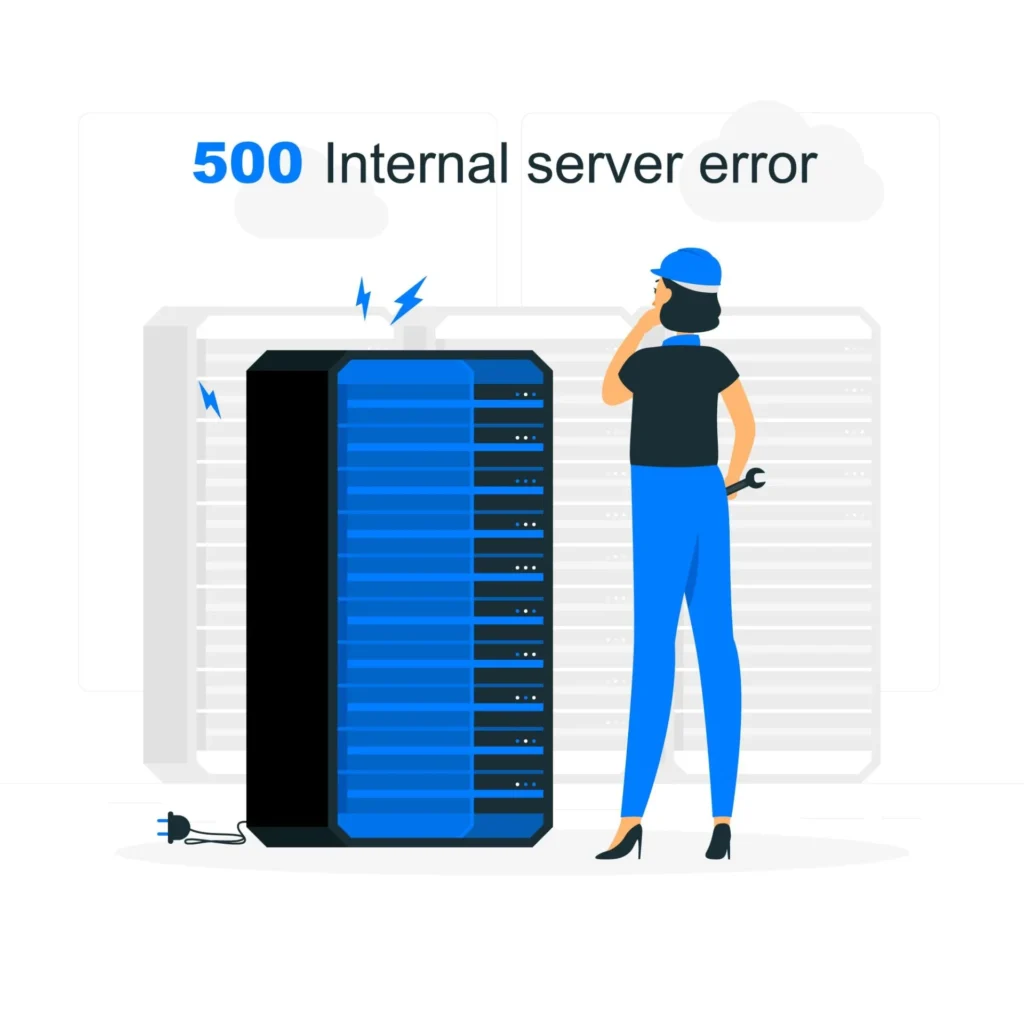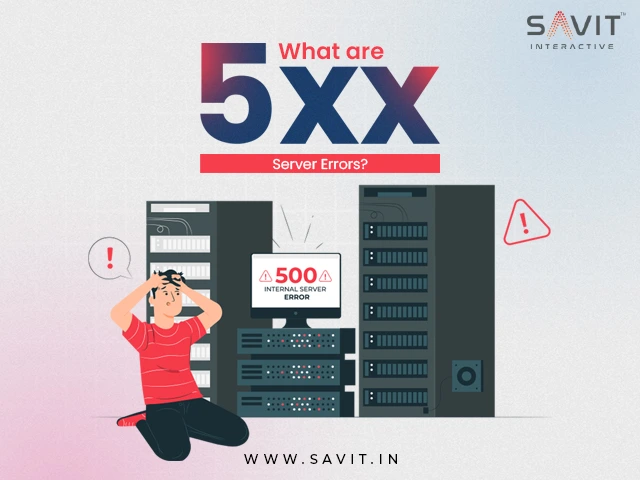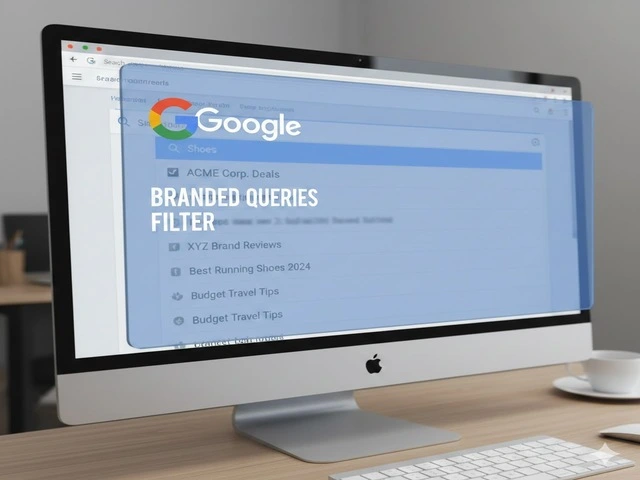Website downtime can cost businesses more than just revenue; it can damage brand reputation, disrupt user experience, and lower search engine rankings. When a user lands on your website and is greeted with a message like “503 Service Unavailable” or “500 Internal Server Error,” it’s not just an inconvenience; it’s a critical alert that something has gone wrong on the server side. These are known as 5xx server errors.
Understanding what these errors mean, why they occur, and how to resolve them is essential for developers, marketers, and business owners who want to maintain a healthy, high-performing website.
What are 5xx Server Errors?
The 5xx status codes represent a category of HTTP response codes that signify an issue occurring on the server side. While client-side issues cause 4xx errors (like 404 Not Found or 403 Forbidden), 5xx errors signify that the server failed to fulfill a valid request.
When a server returns a 5xx error, it means it acknowledged the request but couldn’t process it due to some internal malfunction. These issues are typically not caused by the user and require immediate attention from web administrators or developers.
Types of 5xx Server Errors
500 Internal Server Error
The most common and generic server-side error, a 500 status code, means that the server encountered an unexpected condition that prevented it from fulfilling the request. It doesn’t specify the root cause but signals that something has gone wrong.
Typical causes include:
- Corrupted .htaccess file
- Script or code errors
- Plugin or theme conflicts in CMS platforms
- Server overload
- Permission misconfigurations
This error often requires checking server logs or application-level debugging.
501 Status Code – Not Implemented
This 5xx status code status code signifies that the server lacks the capability to perform the requested action. This can occur if the server does not acknowledge the request method or is unable to execute it.
When it appears:
- Custom web servers that don’t support all HTTP methods
- Misconfigured server software
- Experimental or outdated applications
502 Status Code – Bad Gateway
This 5xx server error happens when a gateway or proxy server either obtains an invalid response or does not receive any response from an upstream server. It’s common in setups involving reverse proxies, load balancers, or content delivery networks.
Possible causes:
- Network connectivity failures
- DNS issues
- Misconfigured firewall settings
- Timeout while waiting for upstream response
It usually requires coordination between multiple server systems to resolve.
503 Status Code – Service Unavailable
This 5xx status code means that the server is temporarily unable to handle the request, usually due to overload or maintenance. Unlike 500 errors, 503 responses are often intentional, used to signal scheduled downtime.
Best practices include:
- Displaying a friendly maintenance page
- Including a Retry-After header to indicate when the service will be available
- Monitoring server resource limits during peak usage
This error is temporary; however, if it continues, it suggests underlying problems related to capacity planning or application optimization.
504 Status Code – Gateway Timeout
This 5xx server error indicates that a server acting as a gateway or proxy did not receive a timely response from the upstream server it needed to connect to. It is often related to connectivity or delay problems between multiple servers.
Potential causes:
- Network congestion
- Inefficient queries or backend processing delays
- Firewall interference
- Server overload or downtime
Like 502 errors, resolving 504 issues may require debugging across multiple systems or infrastructure components.
505 Status Code – HTTP Version Not Supported
This status code means the server does not support the HTTP protocol version used in the request. It typically occurs when the client uses an outdated or non-standard version of HTTP (e.g., HTTP/0.9 or malformed headers).
Best practices include:
- Ensuring client libraries use supported protocol versions (typically HTTP/1.1 or HTTP/2)
- Validating proxy and CDN configurations to avoid protocol mismatch
- Avoiding deprecated HTTP methods or headers in client requests
This error is rare but may appear with legacy systems or misconfigured proxies.
506 Status Code – Variant Also Negotiates
This code appears when the server is misconfigured, specifically when a content negotiation variant is also configured to handle negotiation, creating a recursive loop.
Best practices include:
- Avoid setting negotiation-enabled resources to respond with content negotiation headers
- Carefully configure Alternate headers in Apache and similar servers
- Disable automatic negotiation on dynamic endpoints
This is a configuration issue and should be resolved during testing.
507 Status Code – Insufficient Storage
This status indicates that the server cannot store the representation needed to complete the request. Often related to WebDAV, but also relevant for file upload endpoints and APIs dealing with heavy payloads.
Best practices include:
- Monitor disk space, memory, and storage limits continuously
- Handle file uploads with chunking or size limits
- Implement fallback mechanisms or alerting on storage thresholds
It’s a server-side issue and should be treated as a capacity planning signal.
508 Status Code – Loop Detected
This is specific to WebDAV and signals that the server encountered an infinite loop while processing a request with recursive bindings.
Best practices include:
- Ensure proper binding configurations in file systems or content management systems
- Avoid recursive references in resource trees or metadata
- Use automated tests to detect cyclic dependency risks
Though niche, this status prevents stack overflow and unresponsive behaviours in recursive data structures.
510 Status Code – Not Extended
This code indicates that further extensions to the request are required for the server to fulfil it. Often seen in advanced authentication schemes or with extension protocols.
Best practices include:
- Clearly define required headers or tokens in your API documentation
- Ensure clients meet all extension requirements before sending the request
- Use custom headers responsibly and standardise wherever possible
Used in experimental or private API deployments with extension-heavy requirements.
511 Status Code – Network Authentication Required
This status code is sent by intercepting proxies (e.g., captive portals) requiring the client to authenticate before accessing the network, like public Wi-Fi logins.
Best practices include:
- Redirect users to a login or terms acceptance page
- Use clear messaging for required network authentication
- Allow basic requests (e.g., to terms & conditions or login) before authentication
Clients must authenticate to proceed; common in hotels, airports, and public hotspots.
599 Status Code – Network Connect Timeout Error (Non-Standard)
This is not an official HTTP status code but is widely used by tools like curl, NGINX, or proxies to indicate network timeout errors not captured by HTTP itself.
Best practices include:
- Investigate proxy configurations and upstream timeouts
- Retry failed connections with backoff strategies
- Log a full network trace to isolate whether it’s a client, proxy, or upstream server issue
Being non-standard, 599 helps identify connectivity issues that standard HTTP codes might miss.

Why Do 5xx Errors Matter?
Although 5xx errors are technical, their impact goes beyond IT teams. They affect end users, search engine bots, and business stakeholders alike. From an SEO perspective, Google may lower the rankings of websites that frequently return 5xx errors during crawl attempts.
Consequences of ignoring 5xx errors:
- Poor user experience leading to lost traffic
- Lower engagement and conversions
- Increased bounce rates
- Missed sales opportunities during outages
- Potential penalties in search engine rankings
Even if the error is temporary, repeated occurrences can erode user trust and damage your online credibility.
How to Resolve 5xx Server Errors?
The first step in resolving a 5xx error is to identify the root cause correctly. Here are the recommended troubleshooting steps:
- Review Server Logs: Access Apache, NGINX, or application logs to pinpoint the exact failure point.
- Monitor Server Resources: High CPU or memory usage often triggers 503 or 504 errors. Ensure your hosting environment has sufficient resources.
- Inspect Web Server Configuration Files: Errors in .htaccess, nginx.conf, or httpd.conf files can cause internal server issues.
- Disable Recent Changes: If a new plugin, theme, or code deployment was made, try rolling it back to isolate the error.
- Check API Integrations: Slow or failed responses from third-party services can also trigger gateway errors.
- Contact Hosting Provider: If server-level issues are suspected, your hosting company can often assist with logs, server restarts, or escalations.
- Implement Uptime Monitoring Tools: Use platforms like Pingdom, UptimeRobot, or New Relic to get real-time alerts and historical data on outages.
Best Practices to Prevent 5xx Errors
It’s more effective to prevent issues than to fix them, particularly when it comes to website uptime. Adopting proactive measures can prevent many conditions leading to 5xx errors.
- Keep your CMS, plugins, and themes up to date regularly.
- Use caching and content delivery networks (CDNs) to reduce server load
- Implement load balancing and autoscaling where possible
- Test all server configuration changes in staging before deployment
- Perform regular audits and stress tests
- Maintain backups to enable quick recovery
A robust infrastructure coupled with innovative monitoring practices can dramatically reduce the occurrence of server-side errors.
5xx server errors are more than technical annoyances; they signal that your website’s infrastructure is struggling. Whether misconfiguration, resource issue, or third-party dependency failure, every second of server downtime impacts your business’s reputation and revenue.
Understanding what these errors mean and taking immediate action to resolve them is key to maintaining a seamless digital experience for your users. When managed proactively, these errors can be diagnosed faster, reduced significantly, and resolved with minimal disruption.
Building digital reliability is not just the job of your IT team, it’s a shared responsibility across development, operations, marketing, and even your SEO partners. Collaborating with a reliable SEO company in India ensures not just technical support but also search visibility, error monitoring, and performance optimization.
A stable website builds user trust, improves SEO, and ensures your business stays accessible when it matters most.
Frequently Asked Questions
1: What are 5xx server errors in HTTP?
5xx errors are server-side HTTP status codes indicating that the server failed to fulfill a valid request. These errors signal issues on the server’s end, not the clients.
2: What causes a 503 Service Unavailable error?
A 503 error usually occurs when a server is temporarily overloaded or undergoing maintenance. It tells the browser that the server is currently unable to handle the request.
3: How is a 500 Internal Server Error different from other 5xx errors?
A 500 error is a generic response indicating an unexpected issue on the server. Unlike specific 5xx errors like 502 or 504, it doesn’t provide detailed information about the root cause.
4: Can 5xx errors impact my website’s SEO?
Yes, frequent or long-lasting 5xx errors can negatively impact your SEO. Search engines may temporarily deindex pages or reduce crawl frequency if the site seems unreliable.
5: How can I monitor and fix 5xx server errors?
Use server logs, monitoring tools like Google Search Console or uptime trackers, and ensure your hosting environment is well-configured. Partnering with a reliable web dev team or an SEO company in India can also help detect and resolve server-side issues proactively.



